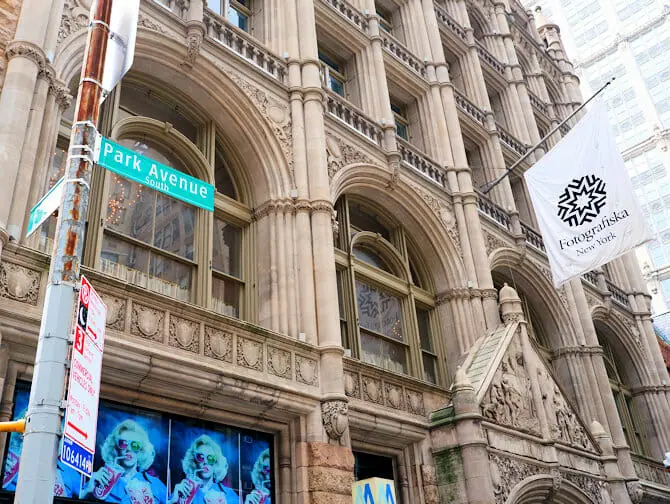By: Emily Ao
In the past few months, the closing of local museums has been more common than ever. According to a New York Times article, during the beginning of the pandemic, many small, cultural foundations were warned that they might have to close if they didn’t receive adequate funding from donors or the government. With so many organizations discontinuing left and right, the unique, artistic aspect of New York City is not guaranteed to last any longer. In response to this, many museums raised entry fees to accommodate their financial needs.
While many more did survive the pandemic than expected, it only “bought them time,” reporter Zachary Small says. Attendance began to fall annually ever since, and despite cutting as many as 40% of employees, smaller institutions struggled until they resorted to closing.
“We were open for about 11 years, but the situation has changed since the pandemic,” Laura Mattioli, founder of the Center for Italian Modern Art, says. She tells us that due to recent economic inflation, they would often spend more money importing works from Italy than the cost of the actual pieces themselves. Because of that, they had no choice but to close down this June.
Many people hold the belief that all museums are money making institutions, but that isn’t true. “Smaller and medium-sized institutions have trouble sustaining themselves,” Erika Sanger, former leader of the Museum Association of New York, says. With many economic factors combined, small organizations are prone to closure without sponsors.
In a frantic rush to preserve some beloved sites, many people are beginning to attend and support these foundations in need. The government is also making large efforts to save what is left, but how much more time can they buy?











